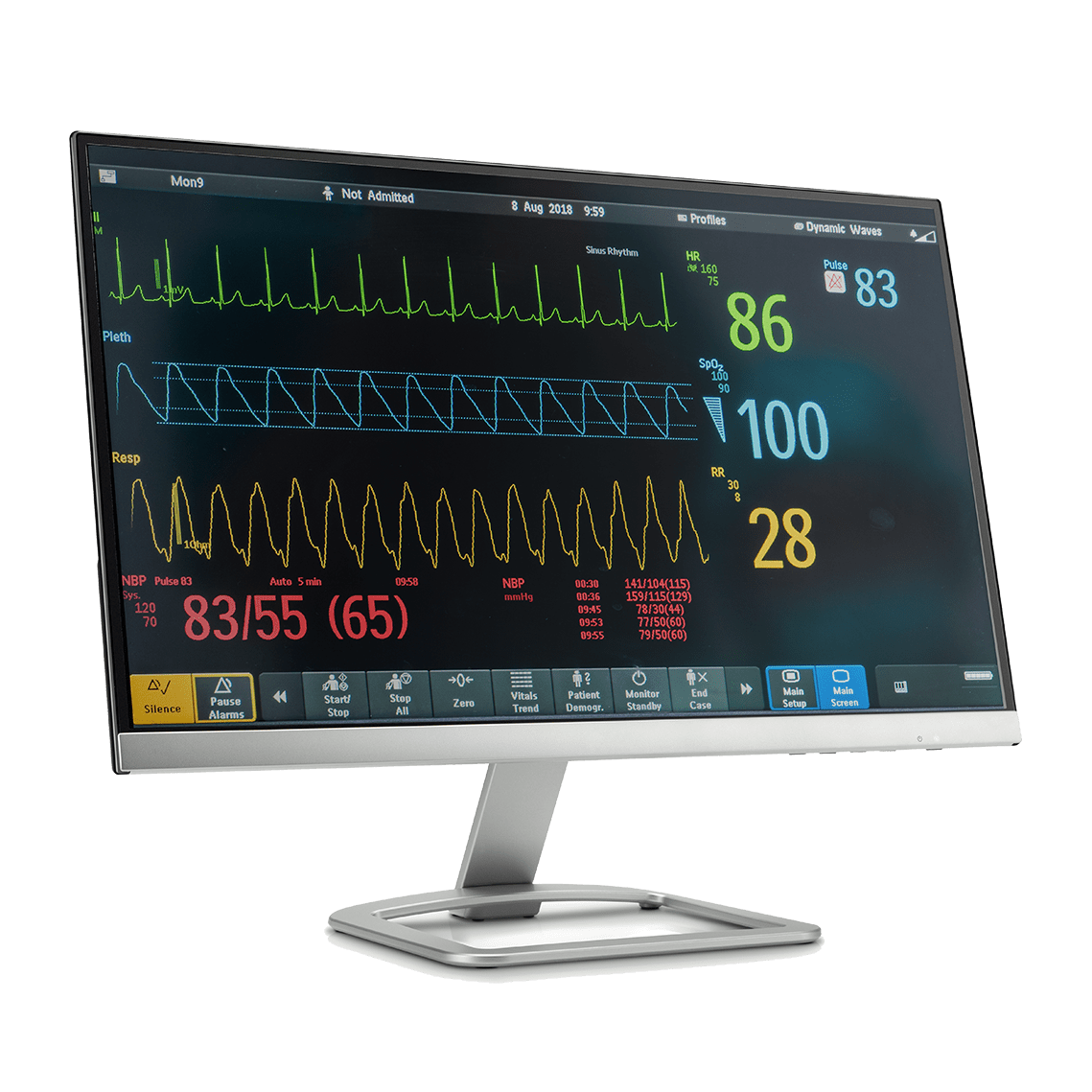ABOUT TELE-ICU
There is substantial evidence that today’s highly complex ICUs are best managed by specialists in intensive care. For example, the Leapfrog Group has found that mortality rates are up to 30 percent lower and lengths of stay (LOS) up to three days shorter in ICUs managed by critical care board certified intensivists.
Streamlined Tele-ICU (eICU) shifts
In recent years there has been an increase in the number of patients needing ICU care without a corresponding increase in the supply of intensivists. RemoteICU offers a solution to this challenge. We provide hundreds of hospitals of all sizes with high quality, cost-effective, streamlined Tele-ICU (eICU) shifts, for both existing and new Virtual ICUs. Through Virtual ICUs, we enable a relatively small number of intensivists to oversee the care of a large number of ICU patients, thus enabling hospitals to meet today’s standard of care.
Our teleintensivists perform all routine and advanced ICU measures:
-
Monitoring blood sugars
-
Electrolyte replacement
-
Potassium repletions
-
Codes
-
Invasive line orders such as intubations and arterial lines
-
All orders, reviews, proactive and reactive consults (and speak with families to discuss situation)








